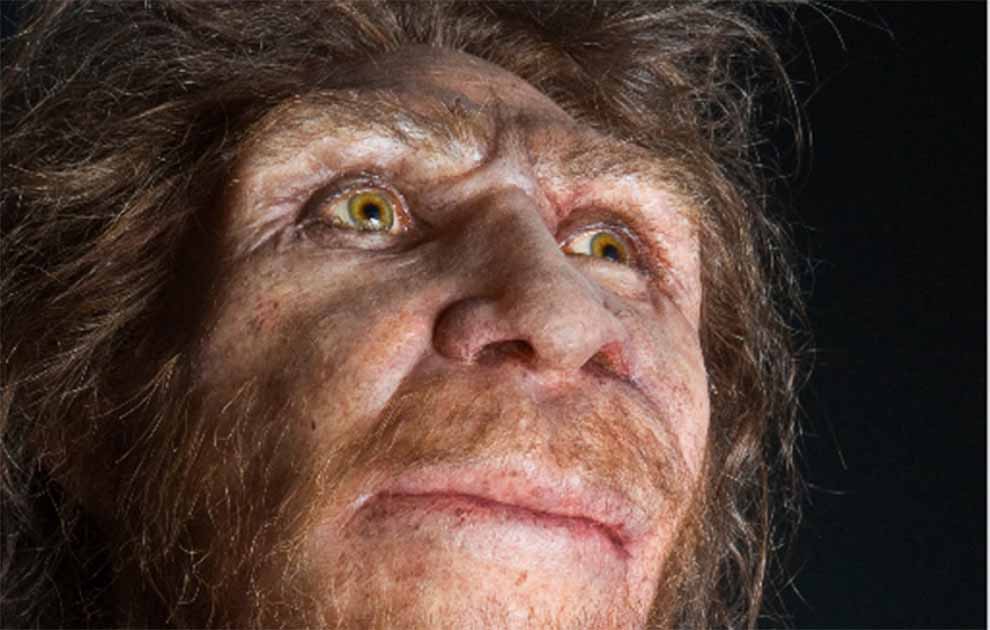Scientists Just Found Human Evolution’s Missing Link in Europe (Video)
Recent fossil evidence challenges the prevailing narrative of human evolution, shifting the focus from Africa to Europe's westernmost reaches. Conventional beliefs, rooted in the Out of Africa theory, face scrutiny as scientists suggest our last common ancestor may have resided in Europe over two million years ago. The study challenges established timelines linking Neanderthals, Denisovans, and Homo sapiens to a single ancestor, Homo heidelbergensis. The Pit of Bones in Spain, also known as Atapuerca, houses fossils dating back 800,000 years, adds complexity. Genetic analysis hints at an unknown hominin species, a potential missing link connecting Neanderthals and Denisovans.
- Did Mankind First Exit Africa 100,000 Years Ago?
- A Site of Archaeological Treasure and Murder at Atapuerca, Spain
This discovery prompts a reevaluation of the human evolutionary tree, emphasizing the enigmatic genetic makeup of these fossils. The implications extend beyond challenging preconceptions; they underscore the intricacy of unraveling our evolutionary history. The fossils, with their mysterious genetic traits, defy easy classification, leaving scientists grappling with questions that may reshape our understanding of the common ancestry shared by Neanderthals and Homo sapiens.
Top image: Homo heidelbergensis facial reconstruction. Source: Labrado/Adobe Stock

















